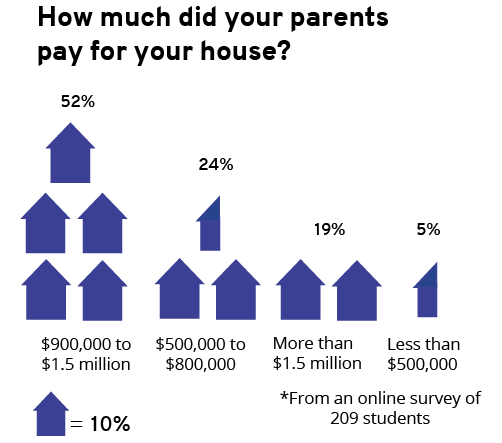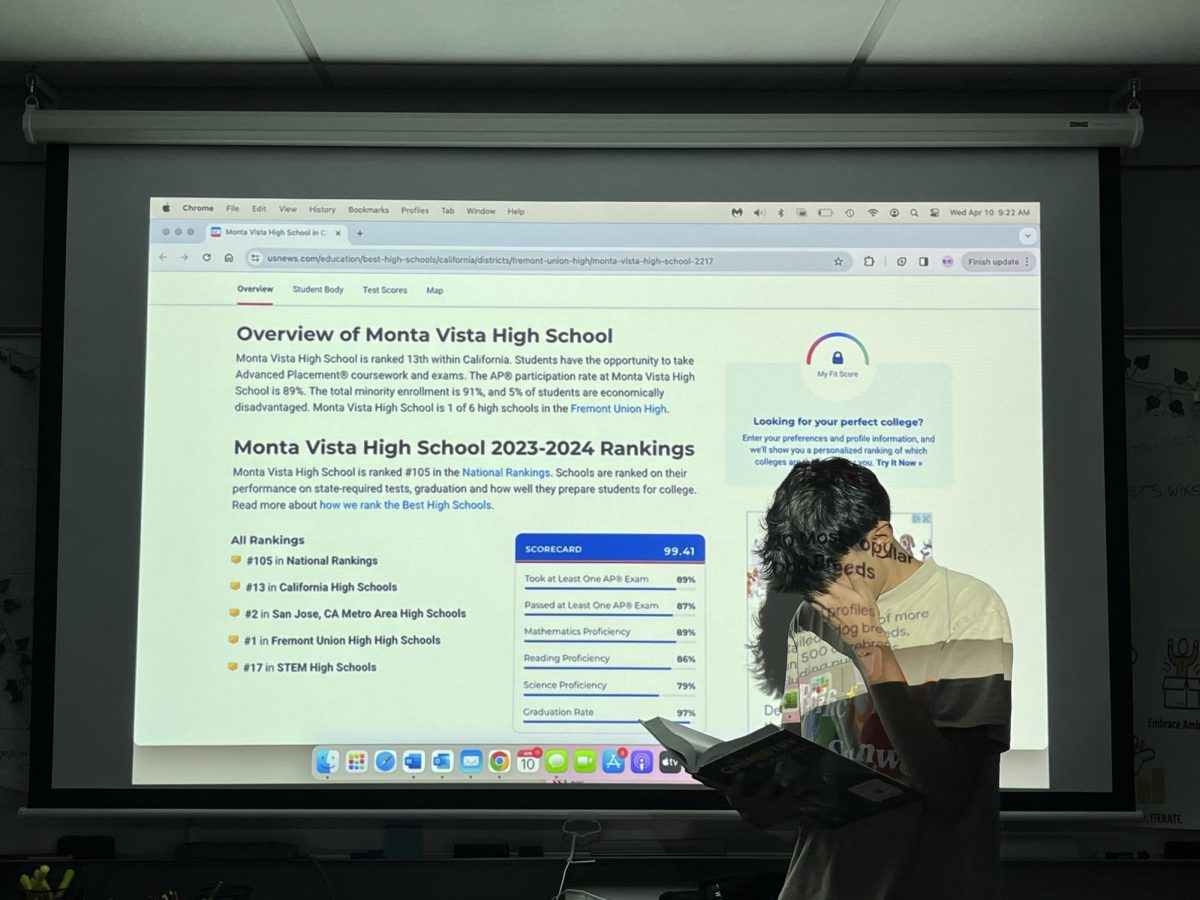 On most days of any given year, we see the same people— our teachers. We’ve spent hundreds of hours with them. We’ve learned from them. We’ve grown because of them. They have shaped our career choices and life decisions. And for that, we owe them a lot.
On most days of any given year, we see the same people— our teachers. We’ve spent hundreds of hours with them. We’ve learned from them. We’ve grown because of them. They have shaped our career choices and life decisions. And for that, we owe them a lot.
A generic drawing of a community will have a restaurant, post office, coffee shop, church, hospital, houses and a school. What happens to the image when house prices increase until even all the savings aren’t sufficient to purchase a house? What happens when our teachers can no longer afford to live and teach in the area that many families have moved to for better education?
English teachers Chelsa Anderson, Michelle Balmeo, and Scott Catrette, and social studies teacher Andrew Sturgill are just some of the teachers leaving MVHS next school year because of expensive housing in the Bay Area. In an area where the median home price ranges between 1.7 and 2.5 million dollars, it is becoming extremely difficult to maintain a family friendly community, which many teachers who have children hope for.
However, replacing these teachers isn’t a problem. There are many eager teachers who are finishing up their graduate degree programs and would do anything for the opportunity to teach in the Bay Area, especially in comparatively higher-paying districts.
An average FUHSD teacher earns $73,000 compared to districts in other states, such as Oregon, where teachers are paid an average of $42,000 statewide. But these new, young teachers are not ingrained into our culture. They havenít yet invested in this area, in us. And moreover, when they do become invested and decide to settle down and start to have families, the cycle will only repeat itself.
Any cycle that hires new teachers and gets rid of them just as fast is problematic because it adversely affects the quality of our education, especially if each new school year means new, inexperienced teachers.
One component of the problem lies in the salaries being disproportionate to expensive housing, since an average teacher in the Bay Area who earns $73,000 annually has to pay a monthly $2,300 rent for a 1 bedroom apartment, which takes up about 38 percent of the income. That portion of the salary leaves less to invest in stocks, pay off debt, receive child care and insurance, and other daily actions.
It is easy to not feel concerned about financial issue because it doesnít seem like expensive housing will directly affect us as students. But as long as veteran teachers continue to leave MVHS, it decreases the quality of our education because it takes new teachers more time to get accustomed to the environment and figure out an effective teaching method.
Consequently, many MVHS teachers donít live in Cupertino itself but rather surrounding cities, like San Jose, because of cheaper housing. Since gas in the Bay Area is an average of $2.97 per gallon, the cost of a long commute adds up very quickly.
A possible solution, used in cities like New York City, is to provide easily accessible transportation in and out of the area through buses or trains. This allows teachers to avoid morning and after work traffic, allowing them to spend more time with their families. However, it is extremely difficult to construct more public transport systems after people have already settled in areas like Cupertino.
While it is difficult to simply decrease the price of houses or rent for apartments, one potential solution is to construct housing units specifically targeted for teachers. USA Today reported that by 2019, the Cupertino Union School District hopes to build 200 apartments for its teachers and other faculty for below market rate, which would mean under $2,500/month by today’s value, on the site of an elementary school that closed in 1983.

The “Casa del Maestro” apartment complex in Santa Clara is an example of affordable housing for Santa Clara public school teachers. The rent prices range from $1,110 to $1,805 a month, which is almost half of current market prices. If teachers can have their rent cut in half, housing becomes a lot more affordable and allows them to continue living here, which will positively impact education for students as teachers with experience continue working in one school. However, teachers desiring a bigger living space for their families may not be willing to stay in those apartments, which leads to the same problem.
As the expensive housing crisis continues to exist and teachers continue to move out, studentsí quality of education will be affected. Maybe the changes arenít visible on a generic city map, but within the community, the school environment changes each time a teacher leaves. That’s why community leaders and district officials should be the first to take action to end the cycle before there is no room.
























